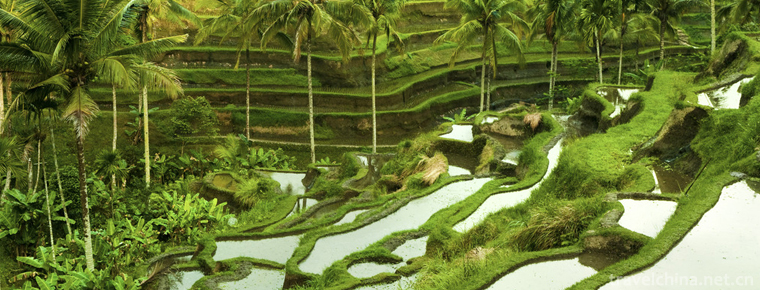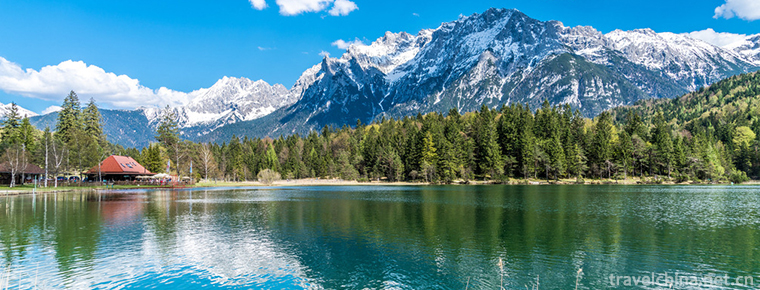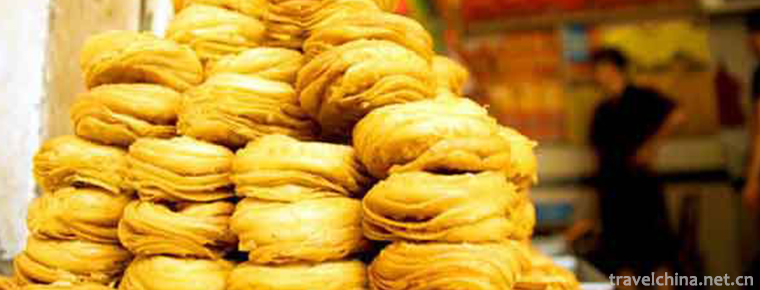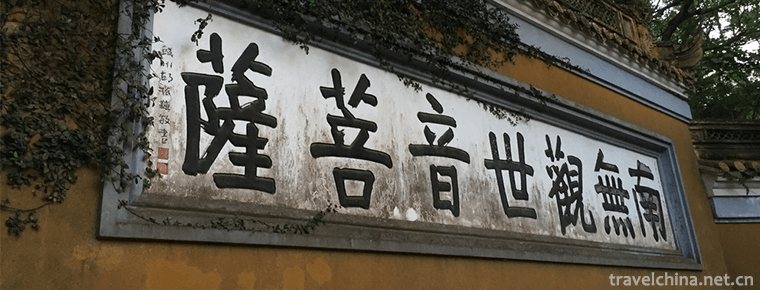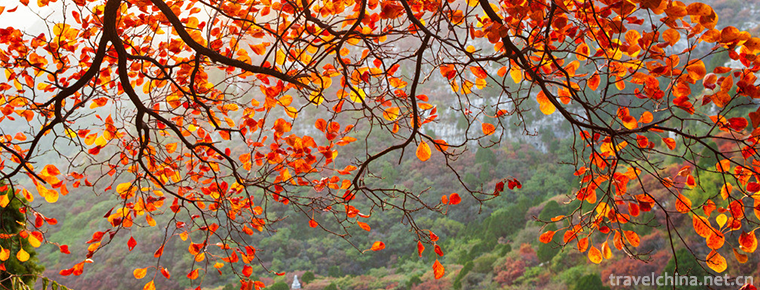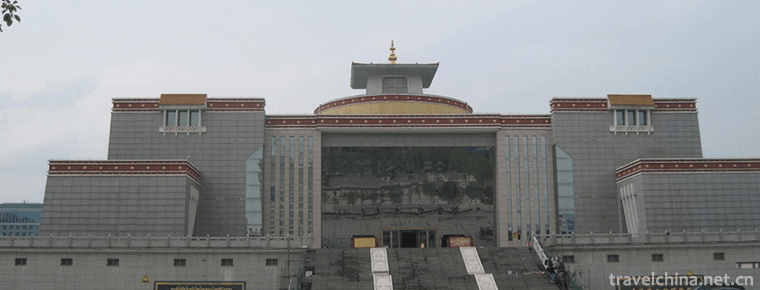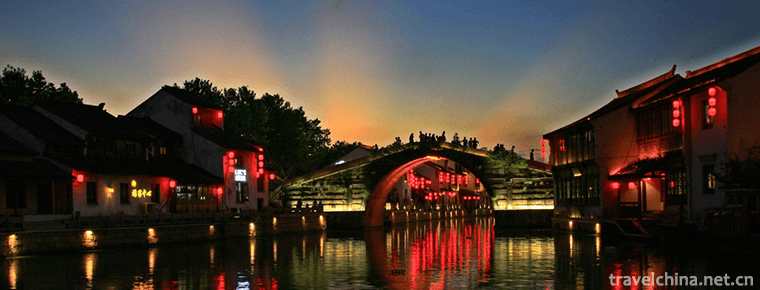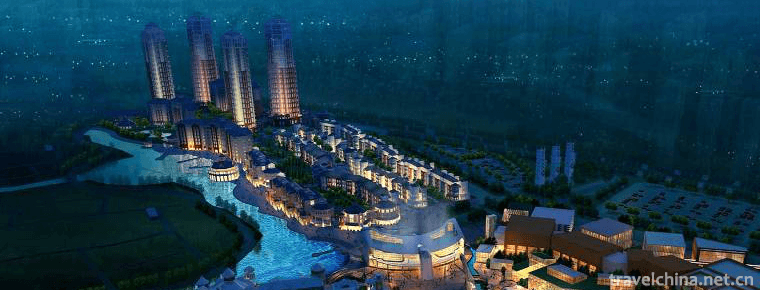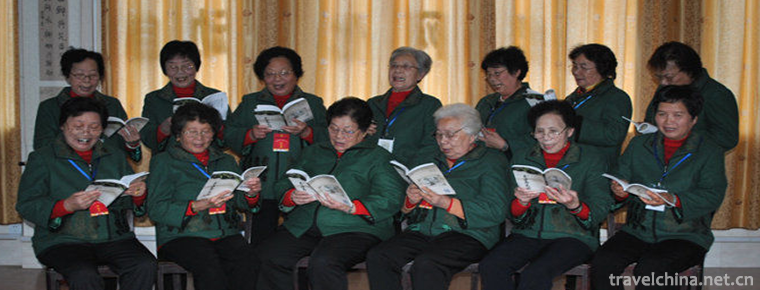The position of Panzhihua
The position of Panzhihua
Panzhihua City is located at the junction of Sichuan and Yunnan in Southwest China, 26 ° 05 ′ - 27 ° 21 ′ N and 101 ° 08 ′ - 102 ° 15 ′ E. Jinsha River and Yalong River meet here. It borders Huili, Dechang and Yanyuan counties of Liangshan Yi Autonomous Prefecture in Sichuan Province in the East and North, Ninglang, Huaping and Yongren counties in Yunnan Province in the West and south, with a total area of 7440.398 square kilometers. It is 749 kilometers away from Chengdu in the north and 351 kilometers away from Kunming in the south, which is the closest point of Sichuan Province to the border and coastal ports of South China and Southeast Asia.
topographic features
Panzhihua City is located in the middle and south section of Panzhihua rift valley. It belongs to the landform of eroded and eroded hills and original valleys. It has the characteristics of high mountains and deep valleys and staggered distribution of basins. The terrain inclines from northwest to Southeast, and the trend of mountains is close to North and South. It is the South extension of Daxue mountain. The highest altitude point is located in chuandongzi (4195.5m) of Bailin mountain in Yanbian County, and the lowest point is Shizhuang (937m) in Pingdi Town, Renhe District, with a relative height difference of 3258.5m and a general relative height difference of 1500m-2000m.
climate
Panzhihua City belongs to a variety of climate types of south subtropical North Temperate Zone, known as "three-dimensional climate with subtropical zone as the base". It has the characteristics of long summer, unclear four seasons, distinct drought and rainy season, large temperature difference between day and night, dry climate, concentrated rainfall, long sunshine, strong solar radiation, large evaporation and complex microclimate. The annual average temperature is the highest in Sichuan Province, and the frost free period is more than 300 days.
hydrology
Panzhihua City is subordinate to the Yangtze River system with many rivers. There are 95 large and small rivers in Panzhihua City, which belong to Jinsha River system and Yalong river system respectively. The two water systems converge at Yajiang bridge. There are three tributaries of Anning River, Sanyuan River and Dahe river. Among them, 6 rivers with a drainage area of more than 500 square kilometers, 26 rivers with a drainage area of 100 square kilometers to 500 square kilometers, 18 rivers with 50 square kilometers to 100 square kilometers, and only 45 small rivers of 5 square kilometers to 50 square kilometers directly flow into the Jinsha River and Yalong River.

The position of Panzhihua
-
The longji yao and zhuang ethnic terrace
Views: 298 Time 2018-10-12 -
Changbai Mountains
Changbai Mountains are the birthplace of the Yalu River, Songhua River and Tumen river. It is the birthplace of Chinese Manchu and the sacred mountain of Manchu culture
Views: 238 Time 2018-10-30 -
Anhui rescue
Anhui rescue Great rescue is a traditional feature of Shouxian County in Anhui Province, which has a history of more than 1000 years.
Views: 231 Time 2018-11-27 -
Putuo Mountain Scenic Spot
Putuo Mountain Scenic Spot, located about 100 nautical miles east of Hangzhou Bay, Zhejiang Province, is an island in Zhoushan Islands. The island covers an area of 12.5 square kilometers
Views: 173 Time 2018-12-07 -
Red Leaf Valley Eco cultural Tourist Area
Red Leaf Valley Eco-cultural Tourist Area, National Key Scenic Spot, National AAAA Class Tourist Spot. Red Leaf Valley is located in the southern mountain area of Jinxiuchuan Township
Views: 226 Time 2019-01-16 -
Qinghai Tibetan Medicine Culture Museum
Qinghai Tibetan Medicine and Culture Museum was built in 2006, with a total construction area of 12,000 square meters. It is the only comprehensive museum reflecting
Views: 197 Time 2019-02-07 -
Qingming Bridge Ancient Canal Scenic Area
Qingming Bridge Ancient Canal Scenic Area is located at the southern end of Wuxi city center, covering about 44 hectares of scenic area. The scenic spot is composed
Views: 184 Time 2019-02-07 -
Wuhan Haichang Polar Ocean World
Wuhan Haichang Polar Ocean Park is the first Ocean Park constructed by Haichang Group in central China. It is the fifth large-scale theme park covering the concept of polar and ocean
Views: 208 Time 2019-02-24 -
Winter capture of Chagan Lake
Winter fishing in Chagan Lake, namely ice and snow fishing (or hunting) in Chagan Lake in winter, is a traditional fishery production mode (custom) in Qianguoerros Mongolian Autonomous County
Views: 200 Time 2019-04-15 -
Ceramic Firing Techniques of Dengfeng Kiln
Dengfeng kiln ceramics firing technology is a National Intangible Cultural Heritage Representative project. Historical records began in the Tang Dynasty and flourished in the Song Dynasty.
Views: 172 Time 2019-04-26 -
Song Album
"Dongshan Song Book" was introduced from Chaozhou, Guangdong Province, in the Ming Dynasty. Its tunes were constantly changing in the singing of folk singers and gradually assimilated
Views: 182 Time 2019-04-30 -
Huaibei Normal University
Huaibei Normal University, or Huaibei Normal University, is a multi discipline. Provincial Key Universities Selected Infrastructure construction of universities in the central and Western Regions (pha
Views: 244 Time 2019-11-15
